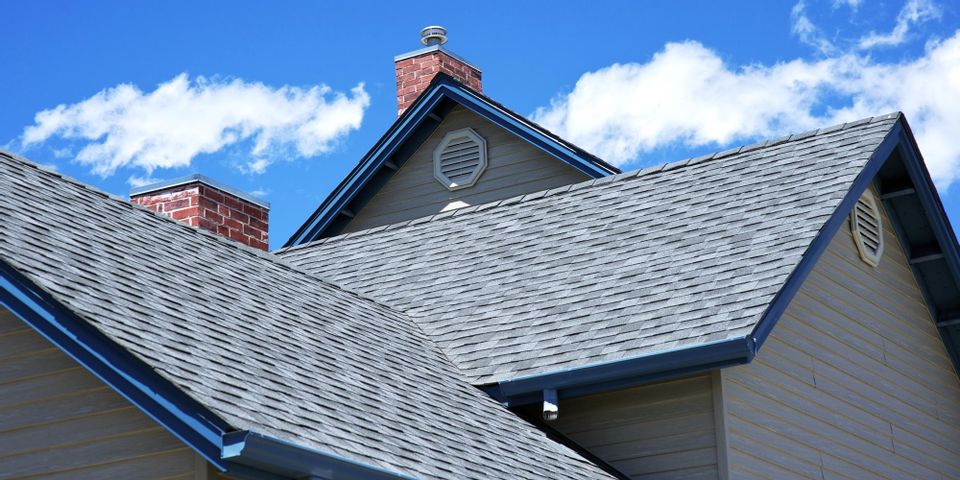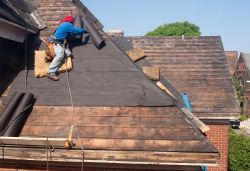
Residential roofing is made up of several different layers. Each one serves a specific purpose and provides protection from the elements. Becoming familiar with the individual components is the best way to give them the proper level of care and to ensure repairs are made to preserve their condition. Therefore, the guide below offers a brief overview of each.
Framing
As the lowest level of your roof, this wooden frame provides the structure necessary to support the shingles and other roofing materials. Therefore, if you are considering a heavier outer layer, like clay tiles or metal, you need to be sure the framing can handle it.
Insulation & Ventilation
The frame is topped by a layer of insulation, which serves to keep heated or cooled air trapped within your home and prevent outside air from entering it. However, it can wear out over time and may need to be replaced. Proper ventilation must also be installed at this stage to prevent moisture from accumulating and potentially causing the growth of mold.
Decking
This is the material that’s found between the trusses and joists of your residential roofing. It’s mostly made up of pieces of plywood and creates a solid layer for the rest of the material to rest upon. While this area usually goes unnoticed, once it’s reached the end of its life span or been exposed to water, you may start to see parts of the attic ceiling begin to buckle.
Underlayment
 This material is made from either felt or fiberglass paper that comes in large sheets. It is installed over top of the decking and creates a waterproof barrier that keeps the home completely dry. However, any leaks that appear may indicate the possibility of a puncture and should cause you to call for a repair.
This material is made from either felt or fiberglass paper that comes in large sheets. It is installed over top of the decking and creates a waterproof barrier that keeps the home completely dry. However, any leaks that appear may indicate the possibility of a puncture and should cause you to call for a repair.
Shingles
First, shingles are installed along the edge of the roof to give the contractors a starting line to follow and ensure that every other shingle is perfectly aligned. Afterward, the regular shingles are placed. These can come in a wide variety of materials and are meant to seal your roof against the elements. While most types have an expected life span of 20-30 years or more, hail damage and other severe weather events can wreak havoc on most roofing systems. Additionally, wind, rain, or even sun damage can cause them to curl or crack with time. They may granulate, as the protective coating on them gets worn off. Any of these signs should prompt a call to residential roofing experts, so they can fix the problem before water can seep into the lower layers.
Give your roof the attention it requires by working with the professionals at Formula Roofing and Remodeling in Denver, CO. This family-owned and operated roofing company specializes in both commercial and residential roofing services, stocking only the finest materials. Call (303) 600-8696 to secure a free estimate. Visit their website for additional information about their services.
About the Business
Have a question? Ask the experts!
Send your question

